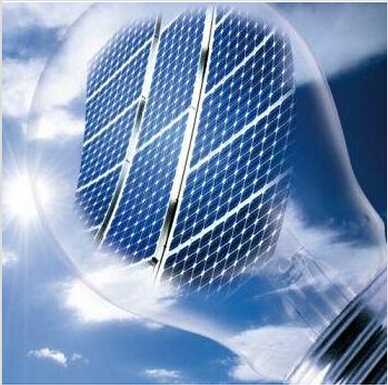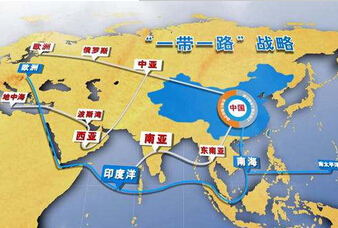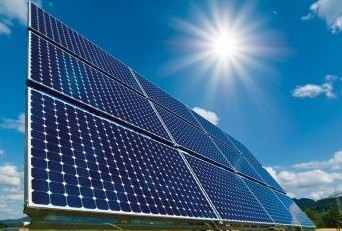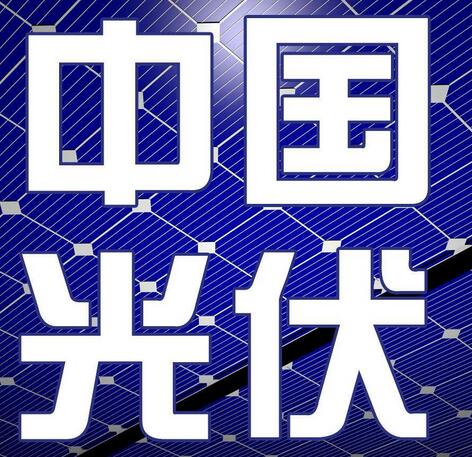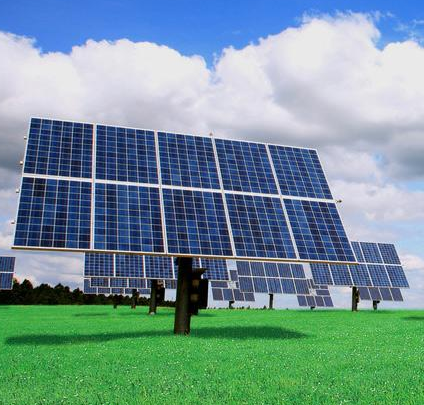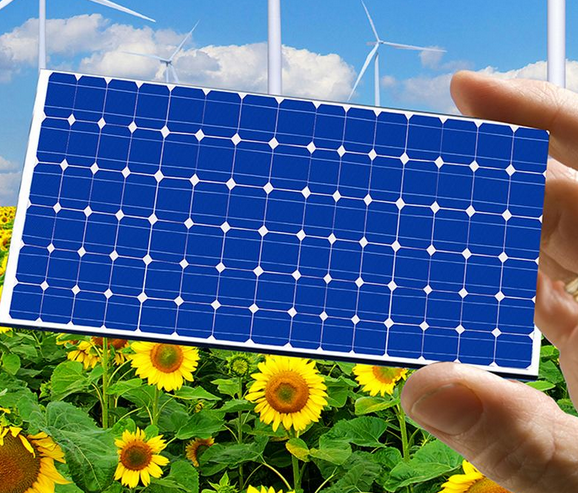According to GTM, global PV installations will fall by 15% in 2018, only 85GW. The profits of the world's mainstream PV manufacturers have also declined. In 2018, all the bad things happened. China and the United States, the two major markets that are driving the development of the global photovoltaic industry, have suffered setbacks and even retreats.
In 2017, China's new PV installations accounted for about half of the global market. In 2018, China's 531 New Deal set a ceiling on large-scale ground projects, and adjusted the on-grid tariff subsidy policy, resulting in a sharp drop in demand during the year, the price of PV modules. It has therefore fallen by about a third.
In 2018, the installed capacity of photovoltaics is about 40GW, which is close to 15GW compared with the new installed capacity of 54GW in 2017.
In the United States, after President Trump announced the imposition of tariffs on the photovoltaic industry at the beginning of this year, the price of all imported PV modules rose by about 30%.
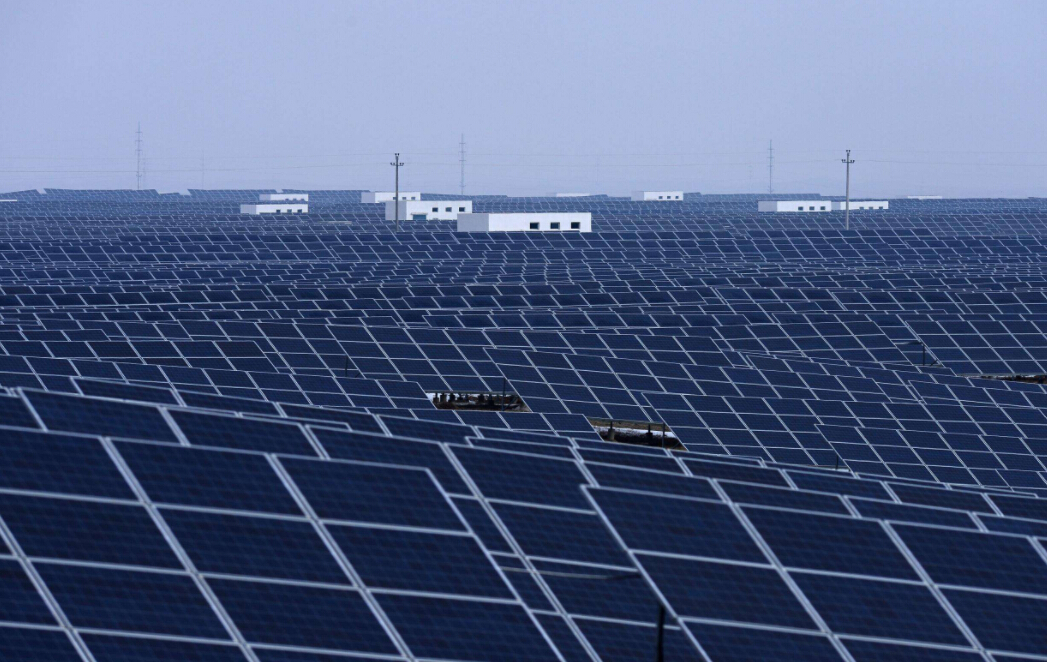
In the past, when one or two markets fell, there would be other markets that rose and replaced their positions, but in 2018, under the premise that demand fell in the world’s first and second largest markets, it’s clear that there is no A market has such a large demand to fill this gap.
Japan's demand this year is also relatively weak, while India and Africa, although developing rapidly, are not large enough to have a major impact on global installed capacity.
It is comforting that despite the overall poor performance of the photovoltaic industry this year, the decline in component prices is conducive to the decline in system costs, making PV projects more cost-effective.
Fortunately, 2018 is about to pass, so will the photovoltaic industry in 2019 once again usher in a big development? There may not be a simple answer to this question.
In the US market, the country has signed a 8.5GW solar power plant contract in the first half of 2018, setting a record for this industry. Most of these orders will not be available until 2019 or later. According to the global PV market installed forecast released by Bloomberg New Energy Finance, the US solar industry will start to grow again in 2019.
At the same time, we see that the demand for solar energy for residential and commercial use in the United States is strengthening. Compared with solar energy for utilities, residential and commercial solar energy is not susceptible to tariff costs, and both markets have increased energy storage. The combination of storage has become more and more popular.
















 RCCN WeChat QrCode
RCCN WeChat QrCode Mobile WebSite
Mobile WebSite